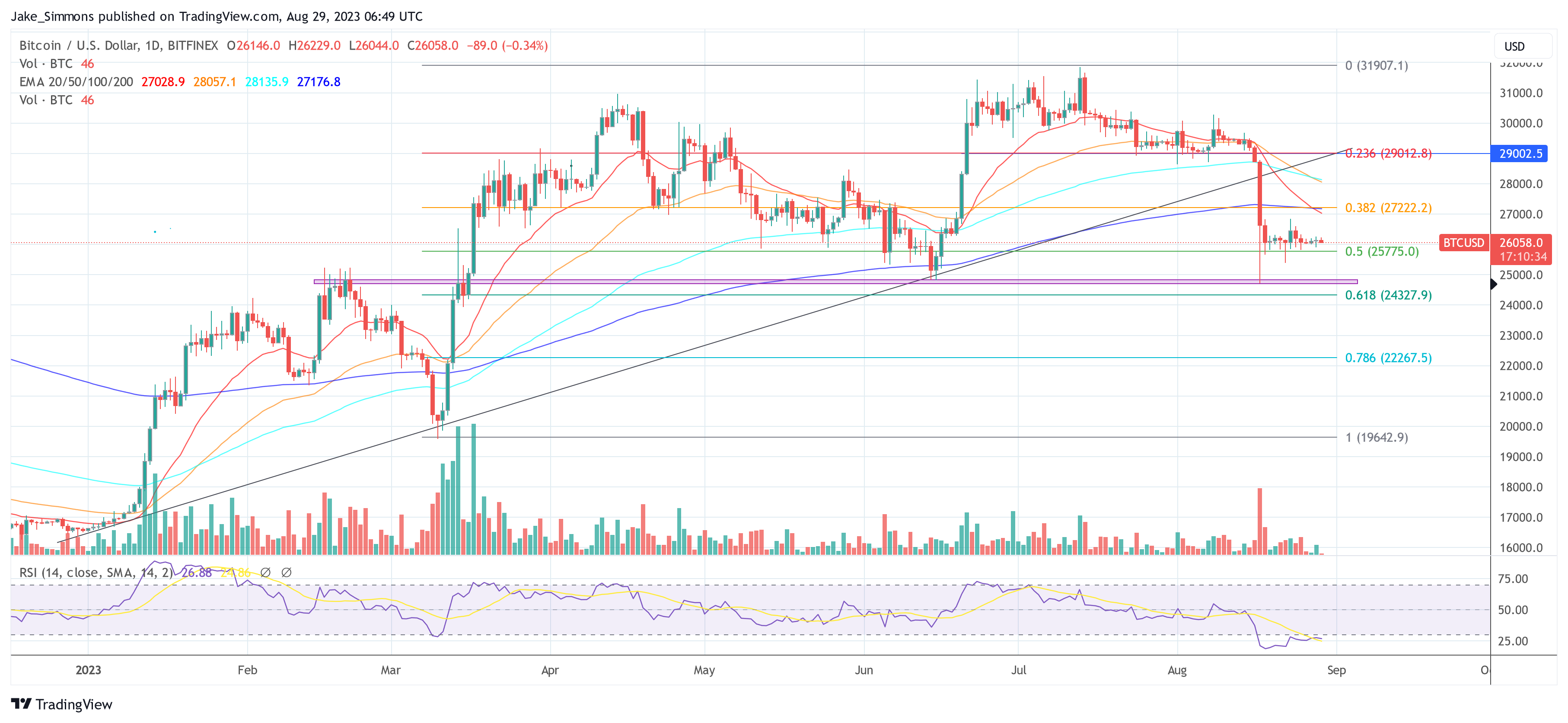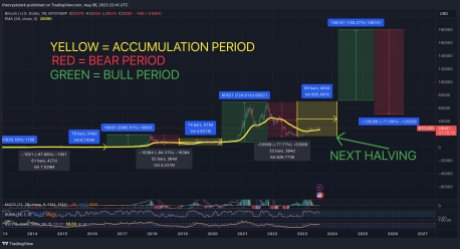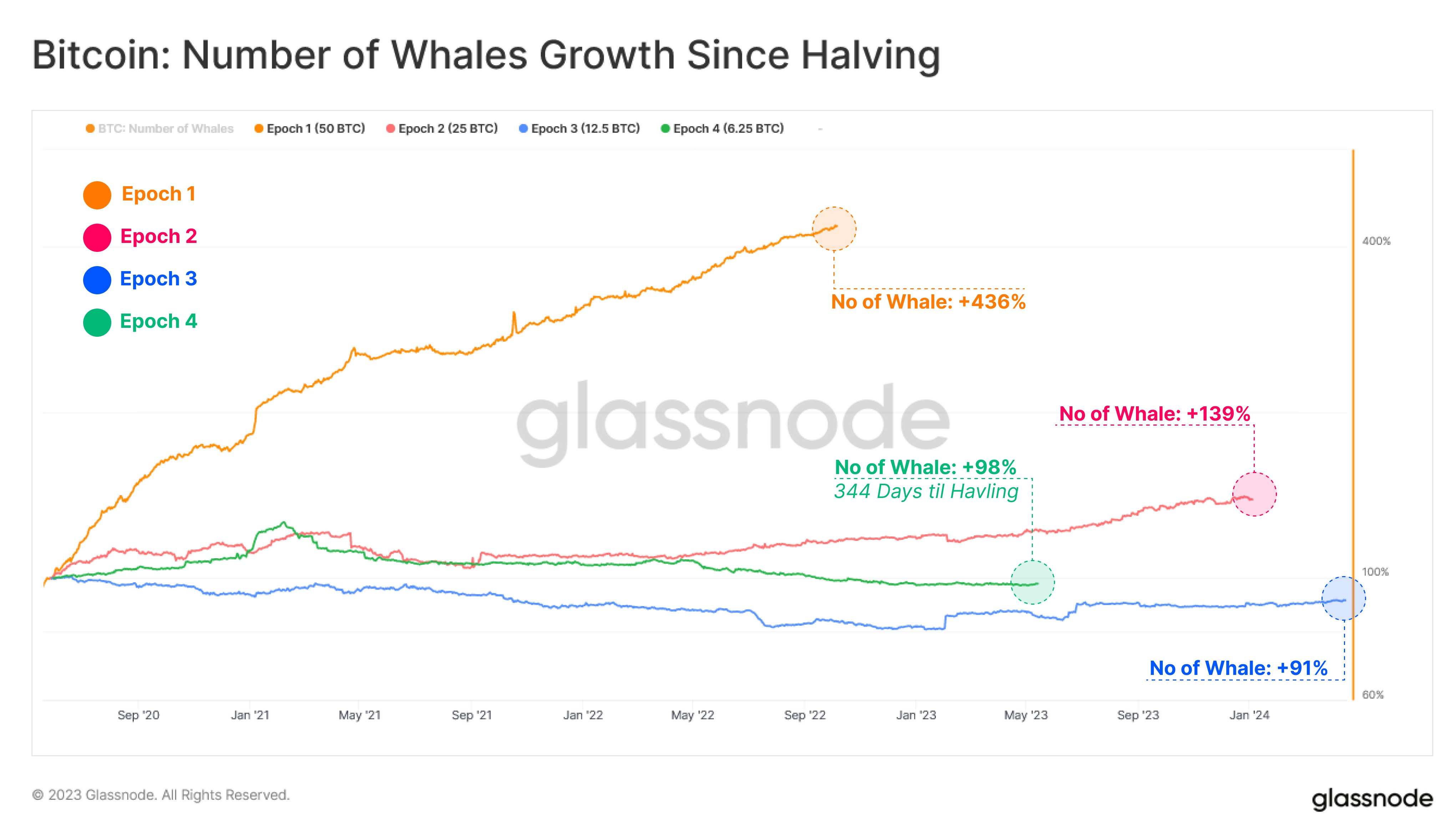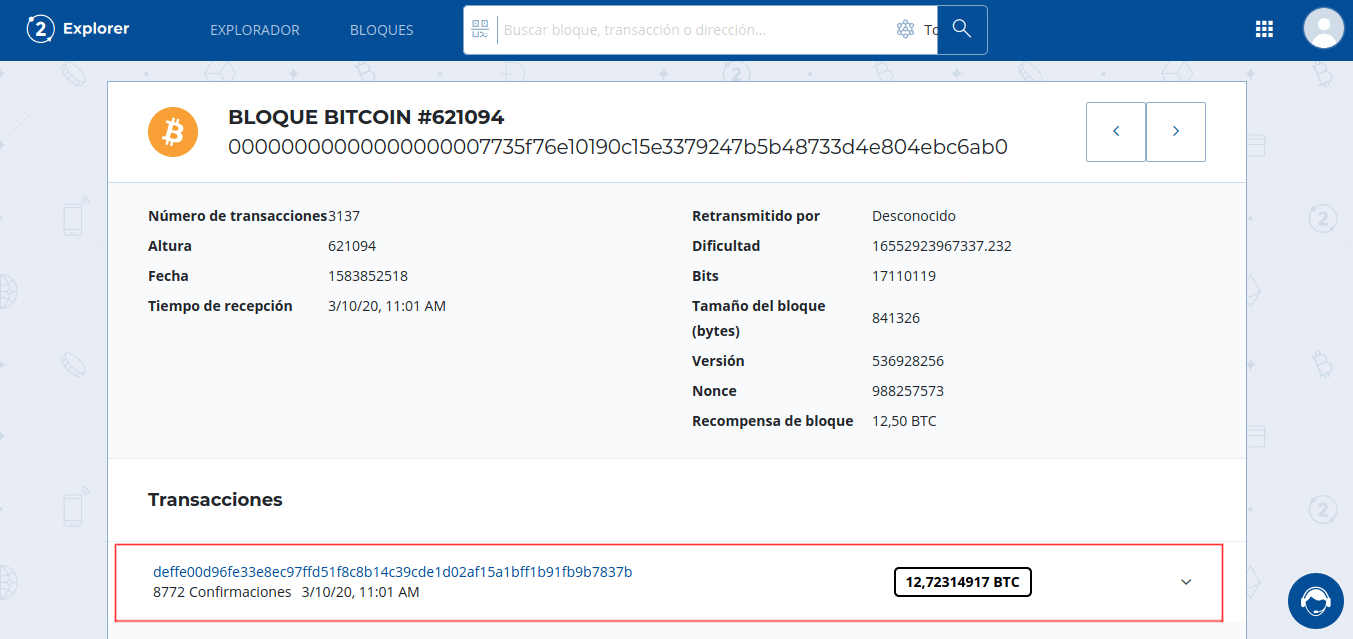In a recent tweet, Luke Mikic, a renowned podcaster and YouTuber, highlighted the distinct differences between the upcoming 2025 Bitcoin bull market and its predecessors in 2017 and 2021. Drawing from his insights and the data available, here’s a deep dive into the three reasons that set the 2025 bull market apart:
1. The Hash Rate Race: Nation States Enter the Fray
“The Bitcoin hash rate is going absolutely parabolic, smashing through 400TH/s & another ATH!” Mikic exclaimed. Indeed, the Bitcoin network hash rate recently achieved a record-breaking 414 EH/s, marking an 80% surge over the last 12 months. This growth is particularly astonishing given the energy challenges in Texas and the escalating global electricity costs.
Mikic points out, “This is the 1st bear market where the hash rate is hitting new ATHs… Is this time different?” The answer seems to be a resounding yes. Nation states are now publicly (and maybe privately) mining Bitcoin.
El Salvador and Bhutan were the pioneers, and recently, Oman joined the league. Oman’s strategic move to mine Bitcoin aims to diversify its economy from oil dependence and bolster renewable energy initiatives, including flare gas mitigation. Remarkably, it is yet unknown if not more countries are already mining BTC in stealth mode without official announcement.
2. Supply Suffocation
Historically, bear markets have seen an influx of Bitcoin on exchanges. However, the current scenario paints a different picture. Mikic notes, “In every prior Bitcoin bear market we’ve seen an increase in the number of coins on exchanges. 2015 – Increase of 800K coins, 2018- Increase of 900K coins, 2022- DECREASE of 1 million since March 2020.”
According to data from Santiment, a mere 5.8% of Bitcoin is now on exchanges, the lowest since December 17, 2017. Furthermore, Bitcoin’s Exchange Depositing Transactions (SMA 7-day) plummeted to a 5-year low, reaching 30,798 BTC per day, a figure reminiscent of December 11, 2016. On-chain analyst Axel Adler Jr.’s takeaway? “People do not want to sell BTC. The supply deficit will continue to stimulate growth.”
3. The Great Wall Street Accumulation
The BlackRock Bitcoin spot ETF application stands as a watershed moment in Bitcoin’s journey towards mainstream adoption. Mikic emphasizes, “The Blackrock Bitcoin ETF application will be remembered as a pivotal moment for Bitcoin’s future mainstream adoption. TRILLIONS of capital has now been given the green light to invest in Bitcoin.”
As the world’s largest asset manager, BlackRock’s entry could bestow unparalleled legitimacy upon the Bitcoin market. BlackRock will probably advertise Bitcoin and its new product in a big way, bringing new retail and institutional investors into BTC.
Looking at the current price stagnation in Bitcoin, it should be noted that there are no new inflows at the moment, as evidenced by the decreasing amount of stablecoins in the ecosystem. In the midst of the longest of all bear markets, there is simply no reason for retailers to get back in at the moment. However, an event like the approval of a Bitcoin spot ETF can change this abruptly and be the trigger for a Bitcoin bull run (even before halving).
In conclusion, the 2025 Bitcoin bull market is poised to be unlike any other. With nation states joining the mining race, a palpable supply shock, and Wall Street giants like BlackRock showing interest, Mikic’s final words resonate strongly: “Takeaway: NOBODY is bullish enough.”
At press time, BTC traded at $26,058.
























